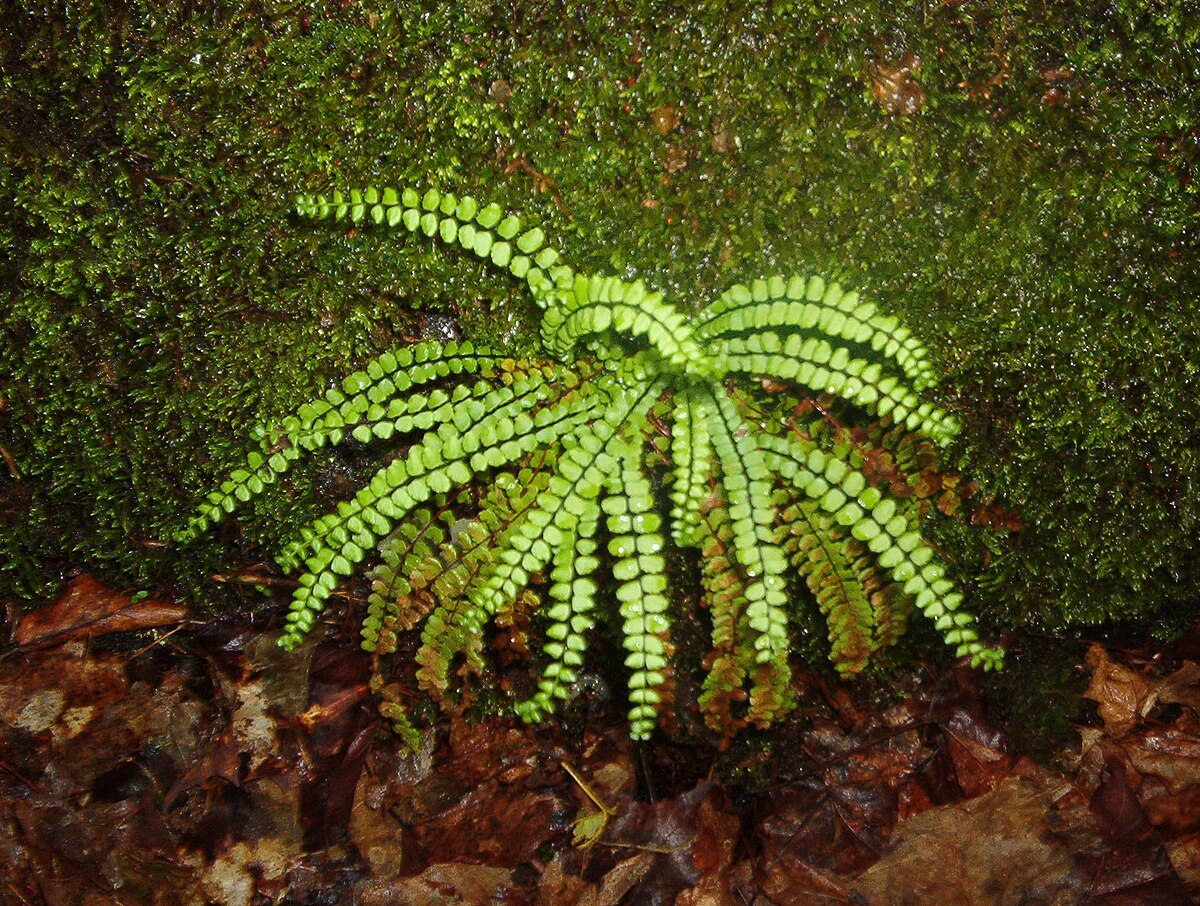Welcome to The Lycaeus Frequency’s Cryptid of the Day, a month-long series detailing a cryptid one day at a time for the month of October—by Redwood Voice’s Sebastian Monroe.
Today’s Cryptid is the Spleenwort! The Spleenwort is a five to seven inch tall humanoid part of the classification of gnomes. Males and females are nearly identical, it’s only a slight variation in beard length and body shape as an indicator of the difference.

The legendary spleenwort! Or, at least, the plant variant. The vernacular name for the genus Asplenium, the nickname is actually derived from an old belief, based on the doctrine of signatures, that the fern was useful for ailments of the spleen, due to the spleen-shaped sori on the backs of the fronds (Bill Neal (1992). Gardener’s Latin.) Photo courtesy of Wiktionary.
The gnomes keep their stringy, brown, wheat, or slight-colored hair about shoulder length and unwashed. They are very expressive creatures with jovial yet rough faces and very large eyebrows. They create their clothing from animal hides and furs tied together with belts and bits of leather. They will often go shirtless in the Summers, wearing a grass hat to keep the sun off.

Some things never change! The fashion sense of the gnome survives even the records of the Spleenworts. While very few illustrations seem to exist of the little creatures, you’ve probably seen these beings in plenty-a-yard. Photo courtesy of Costco.
The interesting thing about gnomes is that gnomes cannot see or hear the opposite sex without a four leaf clover. The plant allows communication between the round little creatures so that they might… reproduce. Once a male gnome reaches maturity at around four years old, he searches out a four leaf clover to leave in front of a small hut of his design. He will check on this clover every day until half of it has been eaten, where he will then eat the other half. The two gnomes will then see each other and will fall in love.
Males raise the males and females raise the females seeing as they cannot otherwise *see* each other. They will gather four leaf clovers once per year so that they might all see each other, and after two years of no other showing up to the meeting are assumed dead. The gnome will either move on or live alone. Older gnomes are more likely to take on the solitary lifestyle.
They live up to 30 years in the wild, though no captive studies have been conducted.
This has been the Lycaeus Frequency’s Cryptid of the Day. The information for this Cryptid comes primarily from the book In the Land of Cattawampus by Kristen Nicole Puckett.
Audio transcribed, alongside images and context, by Persephone Rose. Thumbnail art by Sebastian Monroe.


